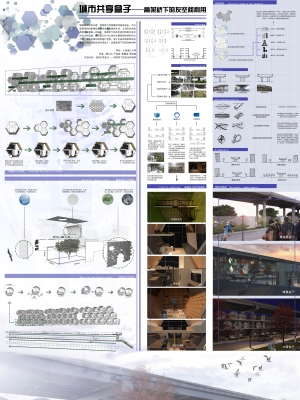About Me
Yongming Huang is a Ph.D. student at the Graduate School of Horticulture, Chiba University, specializing in the Landscape Course (Landscape Architecture). He is also one of the founders of Nature AI Lab, where he serves as both a Researcher and the Head of Coordination. His research focuses on the interdisciplinary application of big data and machine learning technologies in urban vitality analysis—particularly addressing environmental justice and macro-/micro-scale urban vibrancy through quantitative studies employing various advanced methods. He holds a Master of Architecture and Environmental Design (Urban and Architecture) from Kyoto University of the Arts, and a Bachelor’s degree in Environmental Design (Architecture) from the College of Communication and Art Design at the University of Shanghai for Science and Technology (USST). His recent work was accepted for presentation at the abstract sessions of ACSP, EDRA 2024, and IFLA 2024. Yongming’s research interests include human–environment interaction and well-being, urban vitality, and environmental justice.
Academic Positions
Researcher & Head of Coordination | Nature AI Lab
Academic Research, Literature Collection, Data Analysis and Visualization, and Coordination of Work
MVancouver, Canada - May 2024 – Present
Adjunct Teaching Fellow | University of Shanghai for Science and Technology
Technical Support and Academic Thesis Advising
Shanghai, China - May 2024 – Present
Education & Training
KYOTO UNIVERSITY OF THE ARTS
Master Student, Architecture and Environmental Design Field, Major of Art and Environment, Arts Studies, Graduate School
Research Cluster: Architecture and urban design
Kyoto, Japan - April 2023 - Present
UNIVERSITY OF SHANGHAI FOR SCIENCE AND TECHNOLOGY
Bachelor of Art in Environmental Design
The program completed in 4 years, Outstanding Graduate
Shanghai, China - Jun 2019
Rewards
won the second place in the third session of "Hui Chuang Youth"
2017
Experience
Jan 2024 – Present
UNIVERSITY OF SHANGHAI FOR SCIENCE AND TECHNOLOGY LANDSCAPE LAB
Workshop of paper writing, technology development, data analysis and visualization.
Leader - Technical and SCI Paper Guidance Course
Computational Design and Landscape Architecture
Rhino | Grasshopper | SketchUp | Lumion | V-Ray
Spatial Data Analytics
ArcGIS Pro | ArcGIS | QGIS
Data Statistics and Visualization
Python | R Studio | SPSS
Algorithms
Python | NumPy |OpenCV
Adobe
Photoshop | InDesign | Illustrator | Premiere
Good Speakers
Monotonectally impact technically sound alignments before next-generation architectures.

